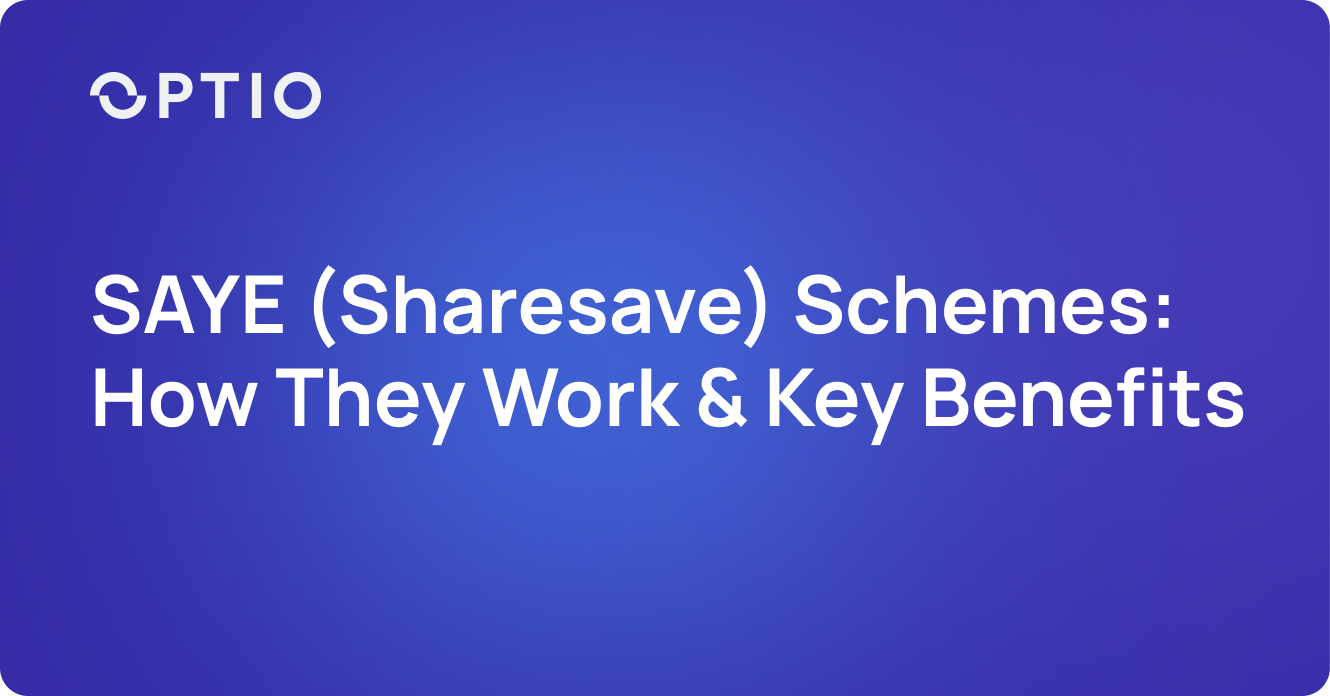Written by Kristian Piippo
When companies offer their employees stock options as a form of compensation, it's important for those employees to understand the various ways they can exercise them. The “normal” way to exercise options is for the employee to pay the strike price, which then converts the options into shares and then transfers them to the employee. Another option frequently used by public companies is a "sell-to-cover" transaction. This allows employees to sell some of their shares to cover the cost of exercising the options and potentially additional costs such as taxes.
In this article, we will discuss what sell-to-cover transactions are, their benefits, potential downsides, and why companies should consider offering them to their employees.
What are sell-to-cover transactions?
A sell-to-cover transaction is a method of exercising stock options where the employee sells a portion of the shares they receive from exercising to cover the cost of the exercise. Employees can often choose how many shares they want to sell directly in the process, depending on how much cash they need to cover the strike payment and tax liabilities.
For example, let's say an employee has the option to buy 1,000 shares of their company's stock at €10 per share, and the current market price is €20 per share.
- If the employee exercises their options, they will need to pay €10,000 (€10 x 1000) to purchase the shares.
- In a sell-to-cover transaction, a broker will temporarily cover the exercise price, which allows the employee to sell 500 of the shares they receive from the exercise at the current market price of €20, which would generate €10,000 to cover the cost of exercising the options.
Benefits of sell-to-cover transactions
Reduced out-of-pocket expenses
One of the main benefits of sell-to-cover transactions is that they allow employees to exercise their options without having to come up with a significant amount of cash upfront. This can be particularly beneficial for employees who may not have the financial resources to cover the cost of exercising their options.
Reduced tax liability
Another benefit of sell-to-cover transactions is that they can help reduce an employee's tax liability. When an employee exercises their options, they are typically required to pay taxes on the difference between the exercise price and the market price at the time of exercise. By selling some of the shares to cover the cost of exercise, the employee is effectively reducing the taxable amount of their gain.
Increased diversification
By selling some of the shares they receive from the exercise, employees can also increase their diversification. This can be particularly important if the employee already has a significant amount of their personal wealth tied up in the company's stock.
Potential downsides of sell-to-cover transactions
Reduced potential gains
One potential downside of sell-to-cover transactions is that they may potentially result in reduced gains. If the employee sells some of their shares at the current market price to cover the cost of exercise, they may miss out on any future gains if the stock price continues to increase.
Increased tax liability
While sell-to-cover transactions can help reduce an employee's tax liability at the time of exercise, they can also result in increased tax liability in the future, depending on the employee’s jurisdiction. If the employee sells the shares they received from the exercise at a higher price in the future, they will be required to pay taxes on the gains.
Increased complexity and administrative work for the company
The company will have to facilitate this transaction, which can be a lot of work, especially if the company has never done it before and wants to do it without a dedicated share plan administrator. However, with an experienced third party like Optio that has a proven system, sell-to-cover transactions can be surprisingly easy for both the company and give the employees a smooth process from start to finish.
Why companies should offer sell-to-cover transactions to their employees
Offering sell-to-cover transactions can be a valuable benefit for employees, as it can help reduce the financial burden of exercising stock options. This can be particularly important for companies that offer stock options to employees who may not have the financial resources to cover the cost of exercise. Offering sell-to-cover transactions can also help increase employee engagement and retention, as it demonstrates that the company values its employees and wants to help them achieve their financial goals.
If an employee has been a vital part of the company’s value creation over time, it is unfortunate if they are unable to capitalize on this through their options, due to personal liquidity constraints. Hence, the sell-to-cover method can be a great way to let employees reap some of the fruits of their labor over the years while still maintaining some exposure to the share and being a part of future value creation.
Get in touch to see how Optio facilitates a seamless exercise process for both companies and employees.
Disclaimer: Please note that each company’s situation is different and due to the circumstances around the company’s traded share such as marketplace, liquidity, etc., Optio or partners of Optio cannot guarantee that certain exercise methods are possible. Each situation must be evaluated on a case-by-case basis.



